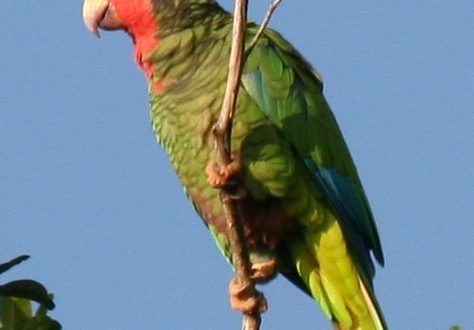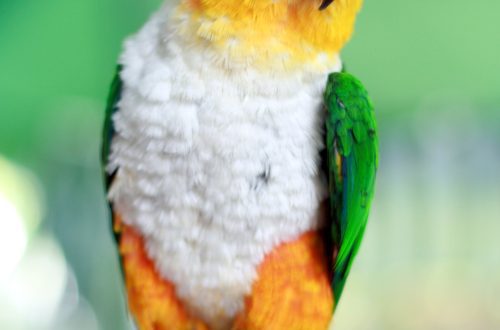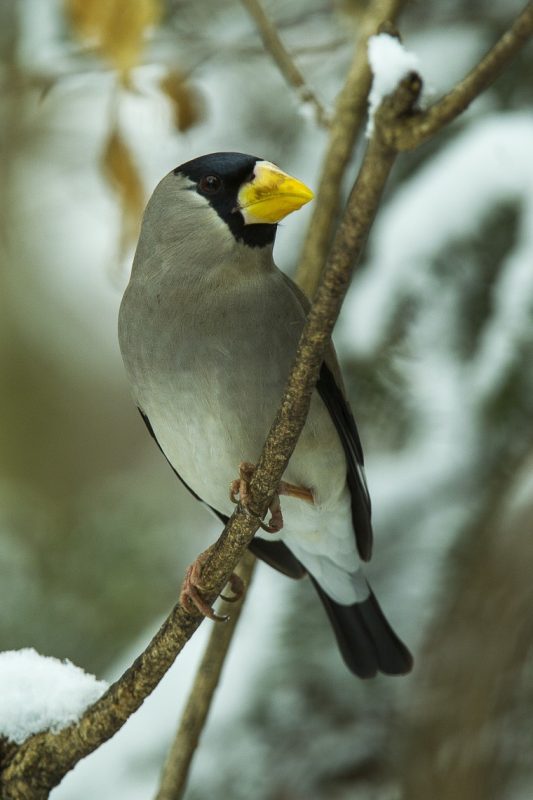
Japanese finches
Contents
Japanese finches (Lonchura domestica)
Japanese finches arrived in Europe in 1700 from China and Japan. Prior to that, for several centuries they were kept as decorative birds.
 Japanese finches
Japanese finches
European naturalists were unable to find such birds in nature, so they came to the conclusion that the Japanese finches are an artificially bred species.
Keeping Japanese finches at home
Care and maintenance of Japanese finches
Japanese finches are easy to keep at home, so they can be suitable pets even for novice lovers. A pair of birds will feel quite comfortable in a cage whose dimensions are 50x35x35 cm. You can also put them in an aviary, and in this case they get along well with other birds – both their own species and others.
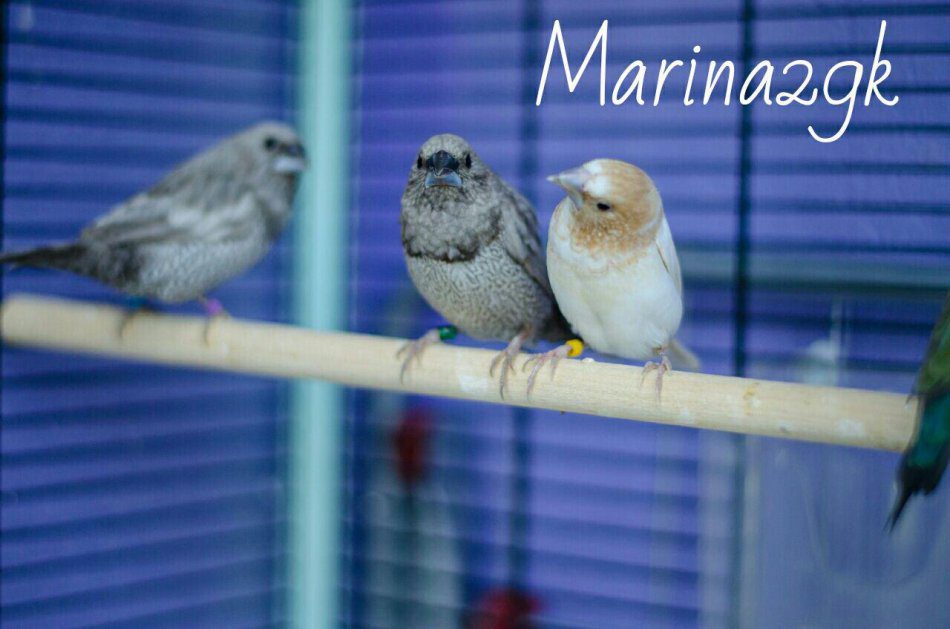 Japanese finches
Japanese finches
Feeding Japanese finches
Japanese finches are fed a grain mixture, which includes millet (white, yellow, red) and canary grass. In addition, they give sprouted grains, vegetables and greens. Mineral top dressing should always be in the cage.
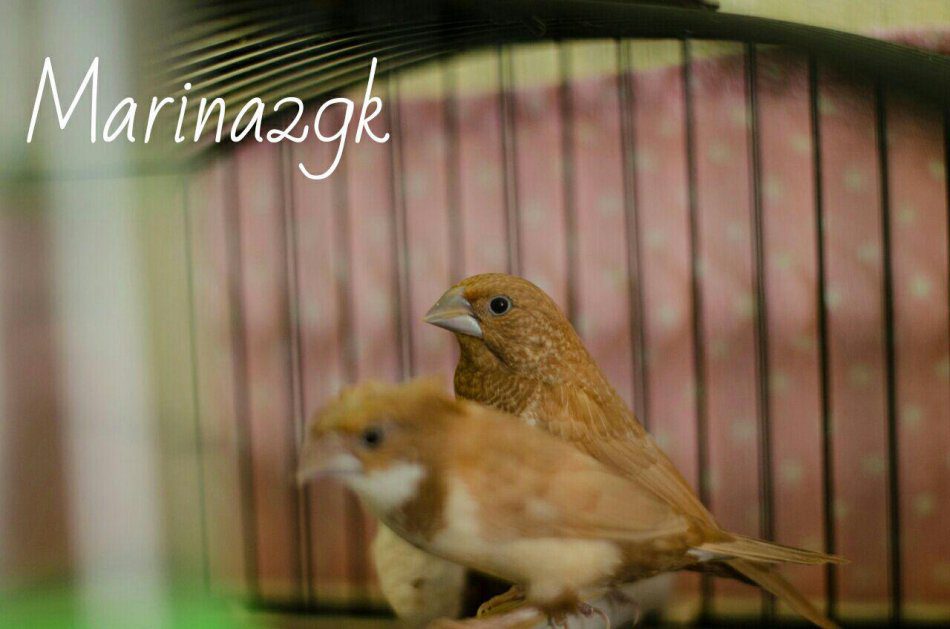 Japanese finches
Japanese finches
Breeding Japanese finches
Male and female Japanese finches do not differ in color. The only distinguishing feature of males is singing, which is different from the “call sign” of the female. When a male sings an aria, he sits vertically on a perch, fluffing up his feathers on his abdomen, and bounces from time to time. , red-throated, parrot, red-headed, diamond finches, panache and Gould’s finches.
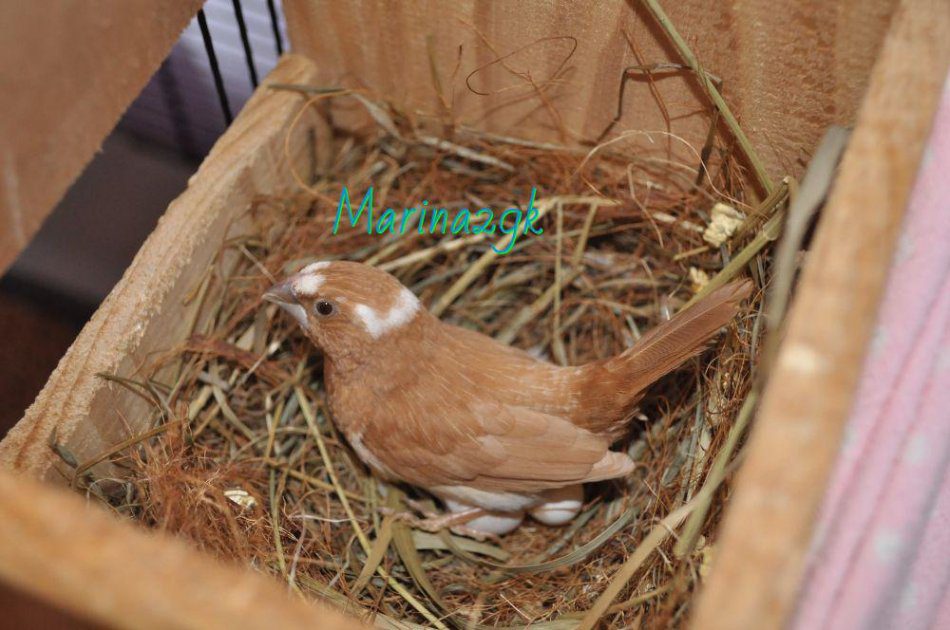
Japanese finches on the nest Best of all, Japanese finches breed in spring and summer, when daylight hours are up to 15 hours. Japanese finches nest in plywood houses, the size of which is 12x12x15 cm. build a nest. After 14 – 15 days of dense incubation, chicks hatch.
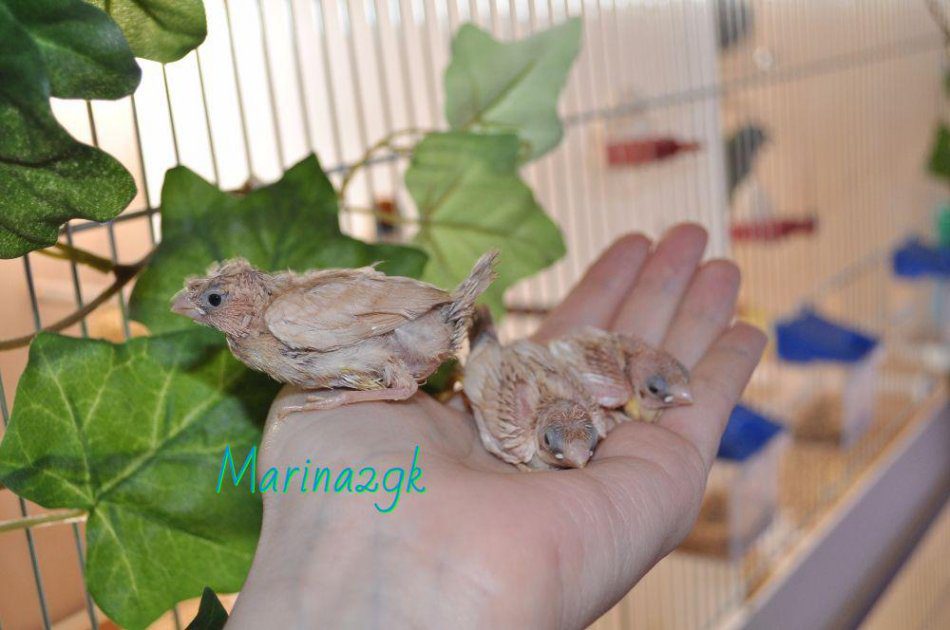
Japanese finches chicks If everything goes well, after 23-27 days the chicks leave the nest, but the parents feed them for another 10-15 days.
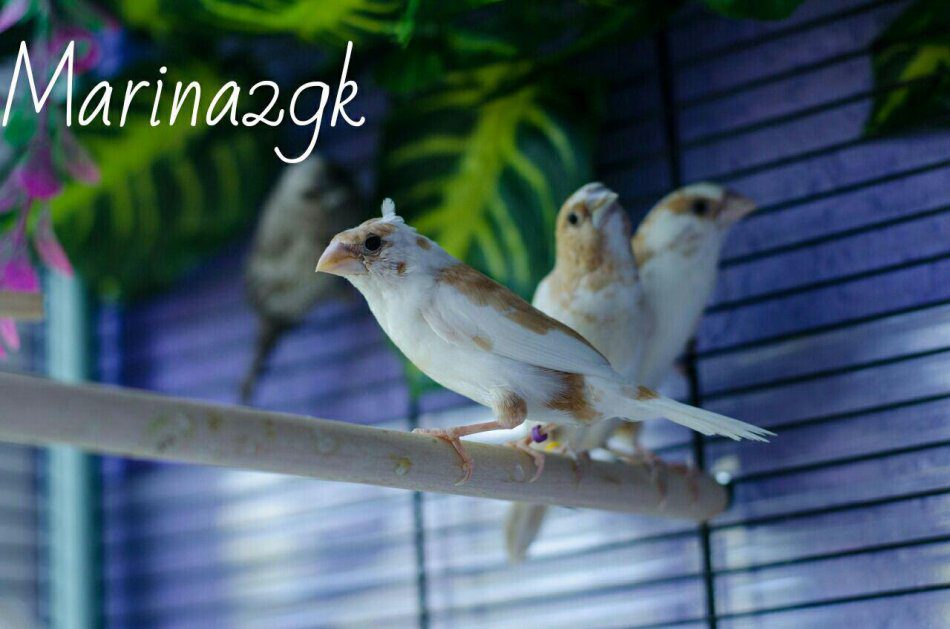
Japanese finches Information and photos provided by Marina Chuhmanova, finches breeder



